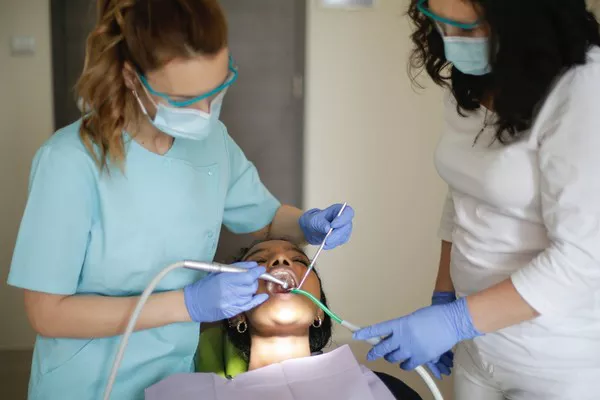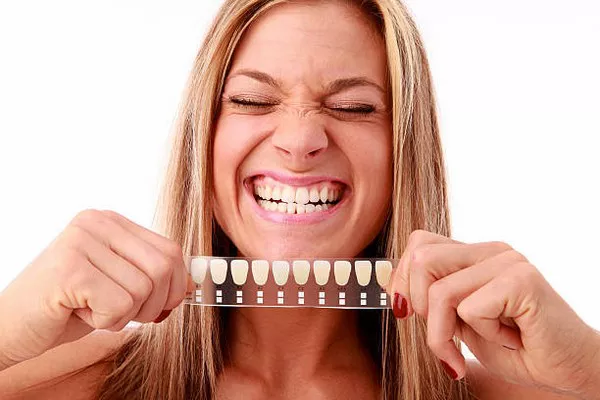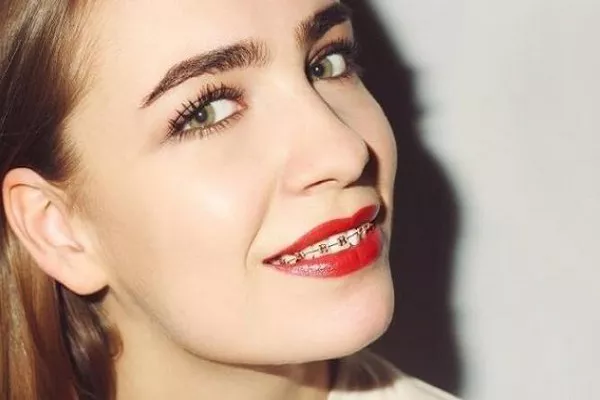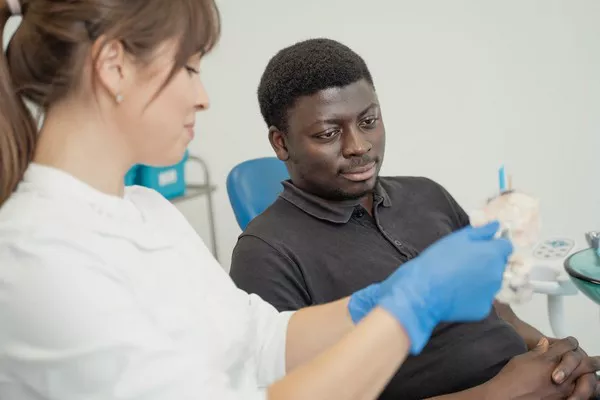Adult dentition system has special physiological status, does not have the unique growth and development advantages of children and easy to induce tissue remodeling, and adult periodontal disease patients have a high sensitivity to alveolar bone resorption, so that the treatment is limited.
In order to get the patient’s cooperation and understanding in the treatment, we draw attention to the following points: 1.
Most adults suffer from periodontitis of varying degrees, with alveolar bone resorption, gingival atrophy, and even tooth dislocation, such as tooth elongation, antegression, interdental space or loss.
Moving the displaced tooth in the presence of periodontitis will accelerate the resorption of alveolar bone.
Therefore, before orthodontic treatment, it is necessary to accept the necessary periodontal treatment, such as tooth cleaning, subgingival scraping, flap scraping, etc., when the periodontal inflammation is controlled, the teeth can begin to correct.
In the whole process of orthodontic treatment, periodontal treatment should be done regularly according to the situation.
Orthodontic and periodontal combined treatment of periodontal disease can improve the health of periodontal tissue and reduce the deterioration of periodontal disease.
2. Potential or immobile pulp or periodontal diseases that cannot be fully detected by examination before orthodontic treatment, or problems that cannot be predicted, may cause active lesions during orthodontic treatment.
The occurrence of pain, purulent, loose teeth and other symptoms must be temporarily interrupted orthodontic treatment, until the diseased teeth receive pulp, periodontal treatment, can continue to correct.
Sometimes even have to stop orthodontic treatment, with the repair method to solve the remaining problems, such as the use of dentures to solve the residual gap after tooth extraction, patients should be able to understand.
3. Most adolescents do not have resorption of alveolar bone during tooth movement, so they are easy to close the gap between tooth extraction or missing teeth.
In adults, the alveolar bone is easily absorbed. In order to avoid this situation, adults sometimes need to resort to prostheses and other restorative methods when closing the extraction space.
4. Because adolescents’ TMJ is highly adaptive, few joint symptoms occur.
The adaptation and reconstruction function of adults is poor, and those with potential joint diseases are prone to appear joint dysfunction symptoms in the treatment.
When the joint is painful, you should tell the doctor in time for diagnosis and treatment.
Patients with temporomandibular joint dysfunction before orthodontic treatment should consult a joint doctor.
Because its pathogenesis is complex, orthodontic treatment is only one of its treatment means, must cooperate with the joint doctor treatment.
5. Clenching teeth and bruxism (including night bruxism) are not conducive to the health of periodontal tissue and will aggravate periodontal inflammation.
When such symptoms occur, you should tell your doctor in time for diagnosis and treatment.
6 diabetes, blood diseases and other systemic diseases, or long-term steroid drugs or pregnancy, will affect periodontal health, should not accept orthodontic treatment.
7. Some questions that cannot be completely confirmed before orthodontic treatment, such as whether the tooth root is adhered to the alveolar bone?
Is it a borderline case of tooth extraction?
Is the lower jaw in a functional backward or forward position?
Orthodontic treatment can be carried out according to the preliminary diagnosis, and then through the observation of the treatment response, the diagnosis is clear, and the final treatment plan is determined.
Therefore, it is possible to modify the orthodontic plan during orthodontic treatment. Please understand.
8. Because adults have no growth potential, cranial and facial deformity caused by mild to moderate bone irregularity, can only use orthodontic means to move teeth to cover up some deformity, to improve the appearance of the face.
Orthognathic surgery is necessary to change the shape and position of the jaw if the jaw is severely deformed or needs to be completely improved.






























